If you’re like a few of us here at the StuttCars office, you’re the kind of person who has gained a serious interest in racing games, and to some extent, sim-racing over the past couple of years. While this can be put down mostly to the global pandemic as a way to fill in for the lack of actual racing, it has also revealed that for a long time, there has been a small-but-serious community of avid amateur sim-racers out there.
Of all the available games, a lot of the racing games you can get are what are known as “arcade simulators,” which are very lenient in the controls as these games are meant to be picked up, played for an hour or so, then shut off. Think of games like Mario Kart for the Nintendo Switch, or, for us older racing game fans, WipeOut for the PlayStation 1 and 2. There are a few, however, that have had a team of developers put the time and effort into to actually simulate weight, wind, contact patches, downforce, and the like.
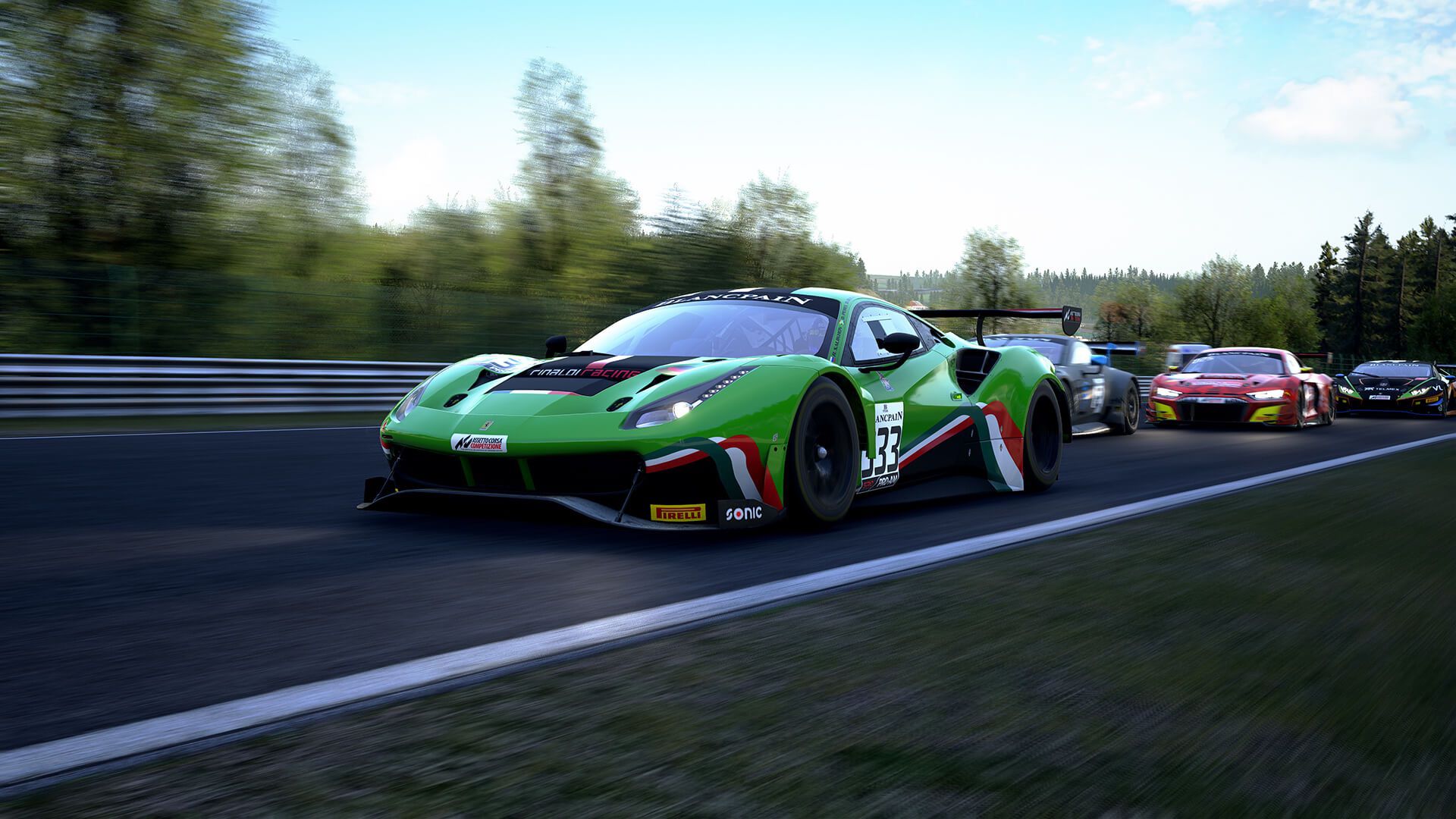
There are the hardcore simulators, such as Kunos Simulazioni’s Assetto Corsa and its International GT Championship tie-in sequel, Assetto Corsa Competizione, that simulate everything down to tire sidewall deflection. There are rally simulators such as CodeMaster’s DiRT Rally games, and KT Racing’s officially licensed FIA game, WRC 10, “the game of the World Rally Championship.”
It would not be surprising if you’ve heard of none of those games, because in the past, they were part of a very niche market. However, there is one game that almost everyone has heard of, either in passing, or as a mainstay in their PlayStation library through all five generations of the console. That game is Gran Turismo, and because of its popularity, it is actually having an effect on real world design language, as well as future vehicles, for many manufacturers through the Vision GT Project. Here’s how.
What Is the Vision GT Project?
In the simplest terms, Vision GT is a program where Polyphony Digital, the Sony-owned Japanese game studio dedicated to only the GT game series, will reach out to manufacturers and race teams, big and small, and see if they want to design an “ultimate version” of a car for the game. This project goes all the way back to 2004’s Gran Turismo 4 for the PlayStation 2, when Formula 1 constructor Red Bull Racing partnered with Polyphony Digital to make the Red Bull Formula X2014 concept, seen below.
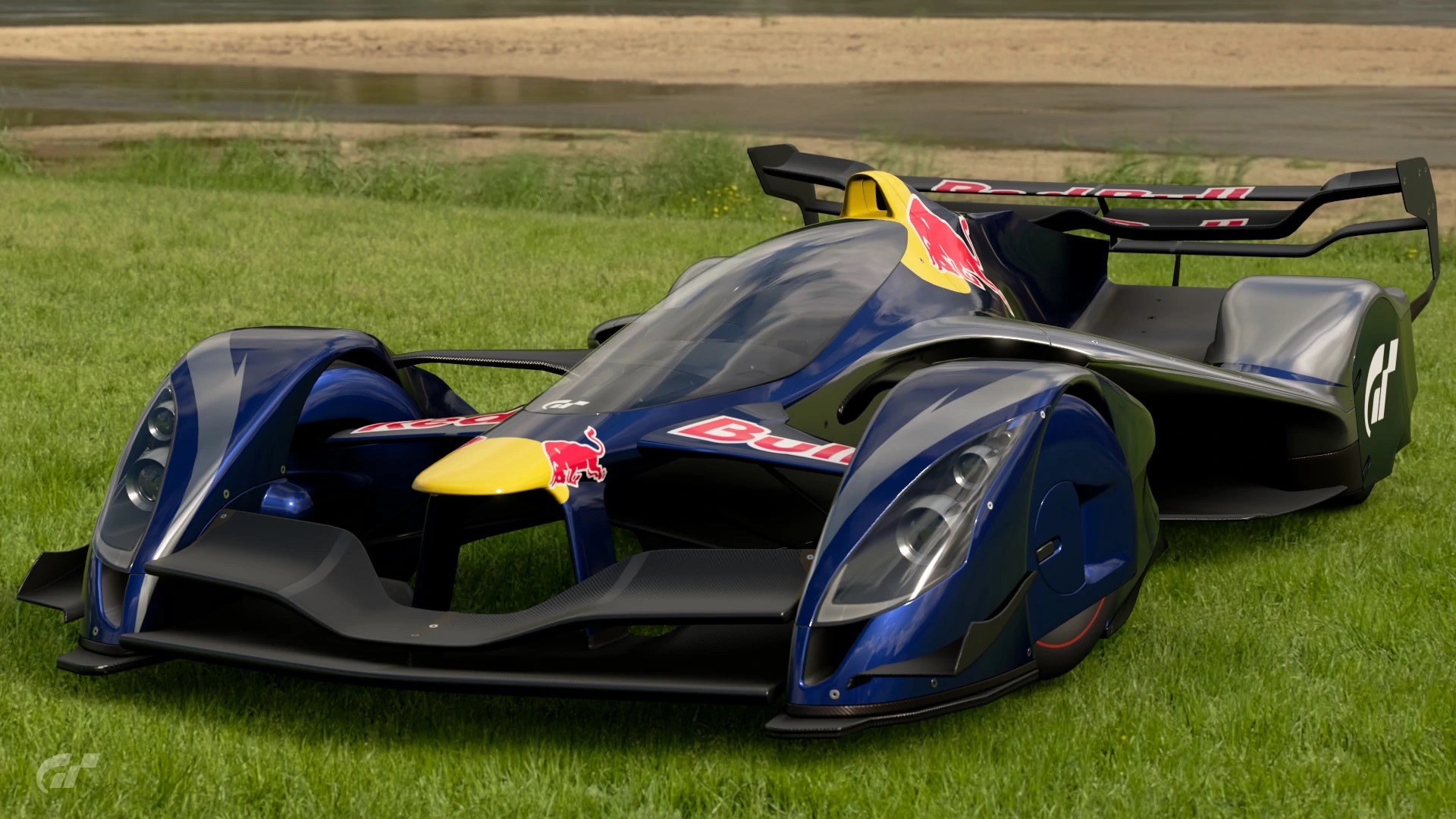
Since then, partners to the project have included Mercedes Benz with their Vision GT AMG coupe, BMW’s Vision GT M-car, the Mitsubishi Concept XR-PHEV EVO Vision GT, and perhaps the most impactful, the Toyota FT-1 Vision Gran Turismo from 2014 for Gran Turismo 6. The Toyota Vision GT was the most impactful one to date, as that project car was iterated upon and became the shape of the new Toyota Supra Mk 5.
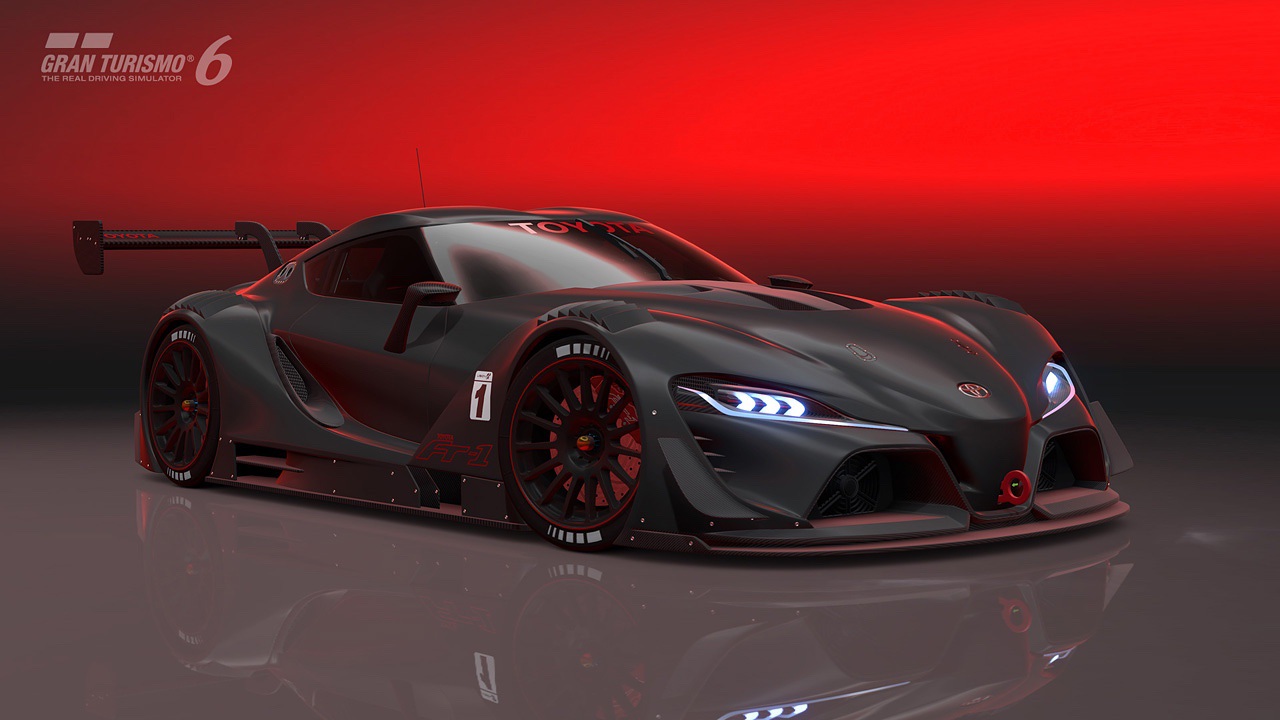
Two other brands that have had Vision GT designs made it onto the road in some way. The first of these was McLaren, with the Ultimate Vision GT from Gran Turismo Sport gathering simulated data that was applied to its real world cousin, the McLaren Senna.
In fact, the design of the actual Senna was refined, and some of the active aerodynamics tuned, from the data gathered (anonymously, no actual IP numbers or gamertags were tracked), showed again how the Vision GT Project had some influence in real world design.
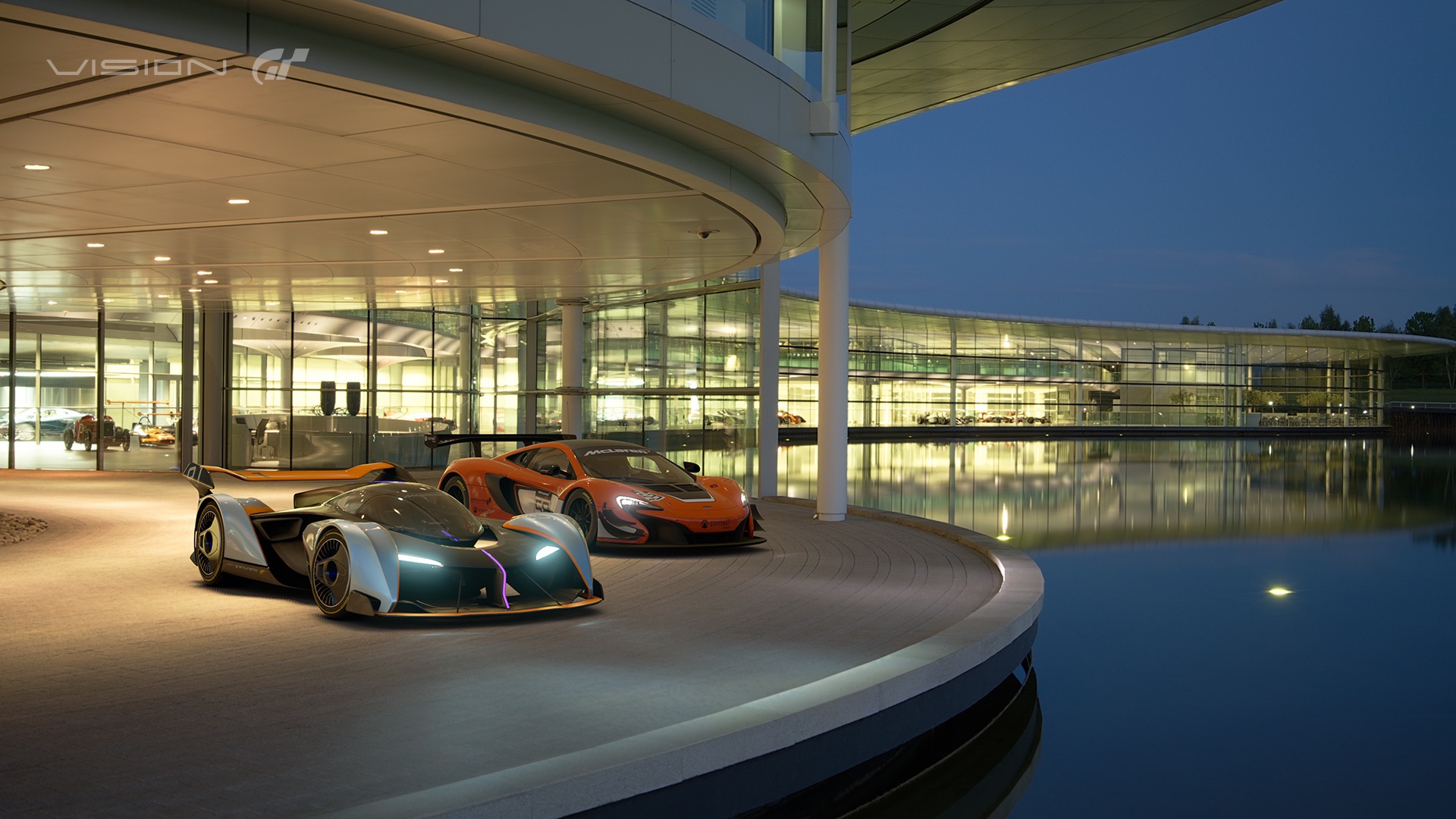
The other manufacturer that has had a real world car developed out of a Vision GT car is Audi, with the e-Tron Vision GT. This was a first in both the Gran Turismo game series, as well as for Audi, in that it was the very first appearance of a fully electric sports/racing car simulated in the game.
The lessons learned from building the e-Tron Vision GT virtually had a massive influence on the real world counterpart—the e-tron GT supercars that are the replacement for the venerable Audi R8.
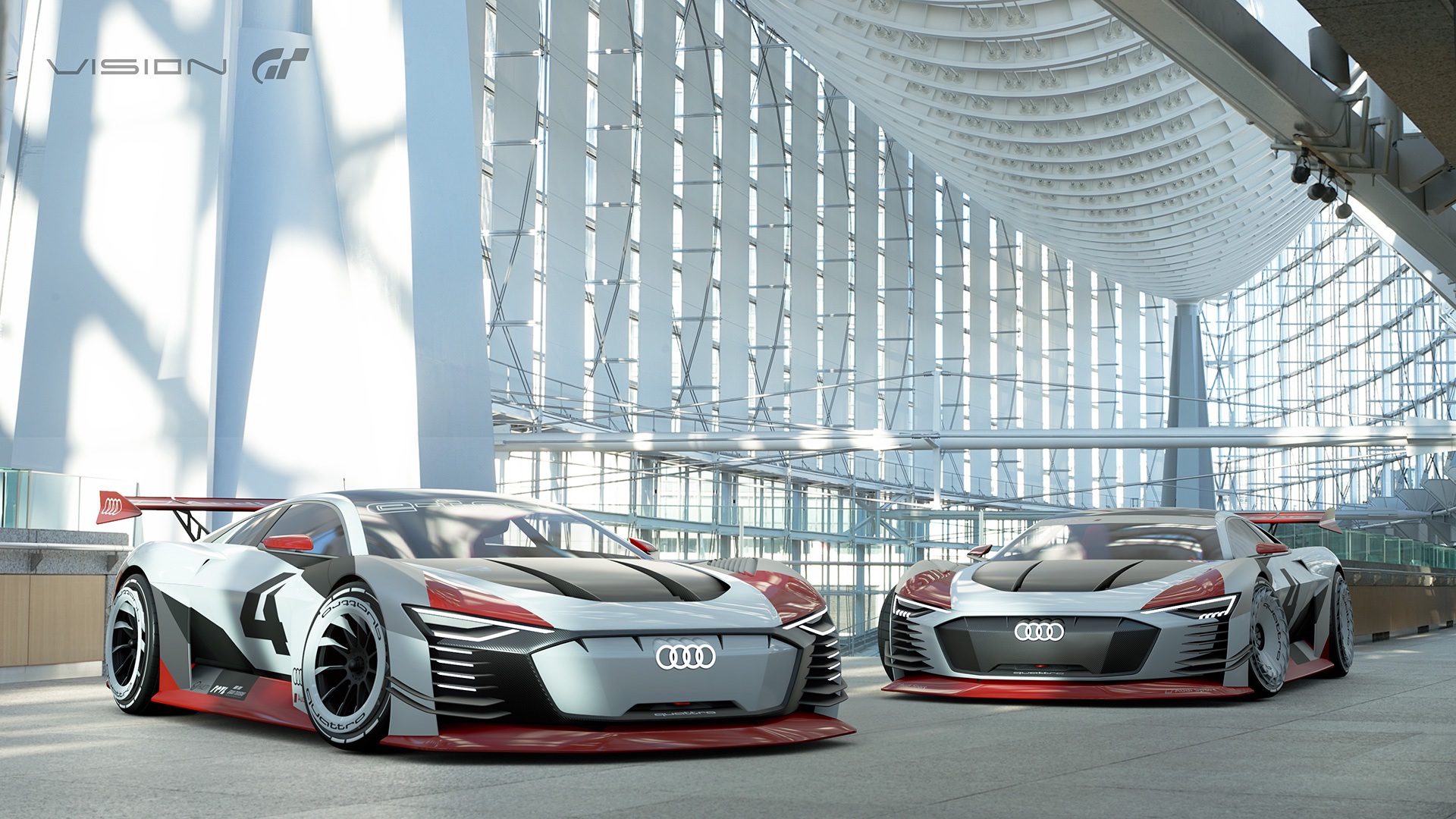
Why Porsche Designed Their Ultimate Virtual Car
Released on March 4, 2022, Gran Turismo 7 is the latest in the game series, and with the PlayStation 5 version, designed to take full advantage of all the raw computing power the console has. This has led to GT7 being considered the closest the series has come to being a hardcore simulator instead of a “light” simulator.
During its development, Polyphony Digital approached Porsche, who have a history of only agreeing to put their cars into games that are much more on the simulator side than the arcade side, to see if they wanted to partake in the Vision Gran Turismo Project. To everyone’s surprise, the answer was a quite enthusiastic yes.
The reason for the enthusiasm was Porsche’s recent time in the FIA Formula E racing series, as well as fellow VW group manufacturer Audi’s success in that same series. The German company is well known for taking a measured, researched, and highly refined approach to anything it does in motorsport, but there are a few times when they will debut something so absolutely radical, so completely off-pitch for them, that they surprise even themselves.
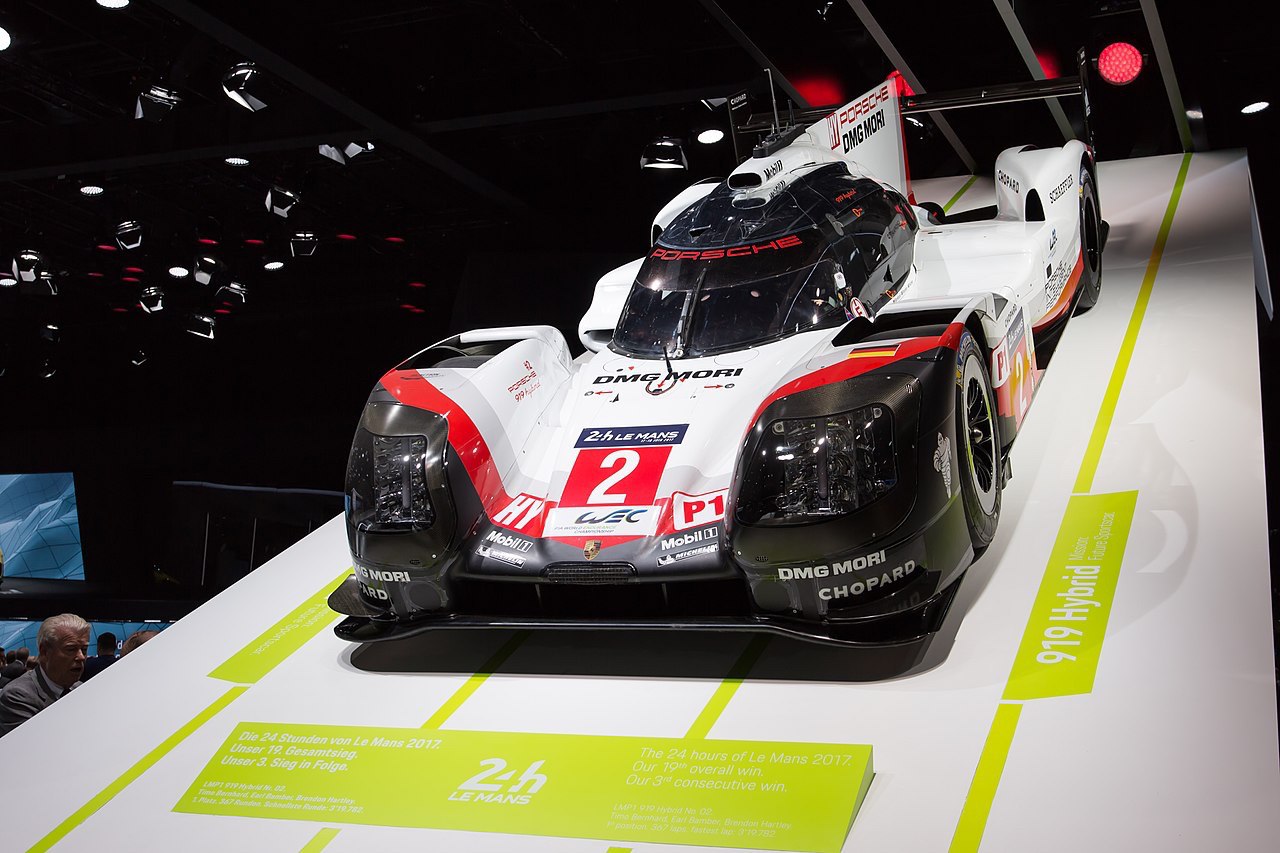
The most recent example of this in real motorsport was the debut of the Porsche 919 Hybrid LeMans prototype in 2014, with a highly efficient turbocharged V4 engine producing 500 HP for the rear wheels while acting as a stressed, load bearing chassis member, and with two electric hybrid motors on each of the front wheels producing 201 HP each.
This made the car a 902 HP missile that had a huge series of success, from winning LeMans in 2015 to securing the FIA World Endurance Championship three years in a row from 2015 to 2017.
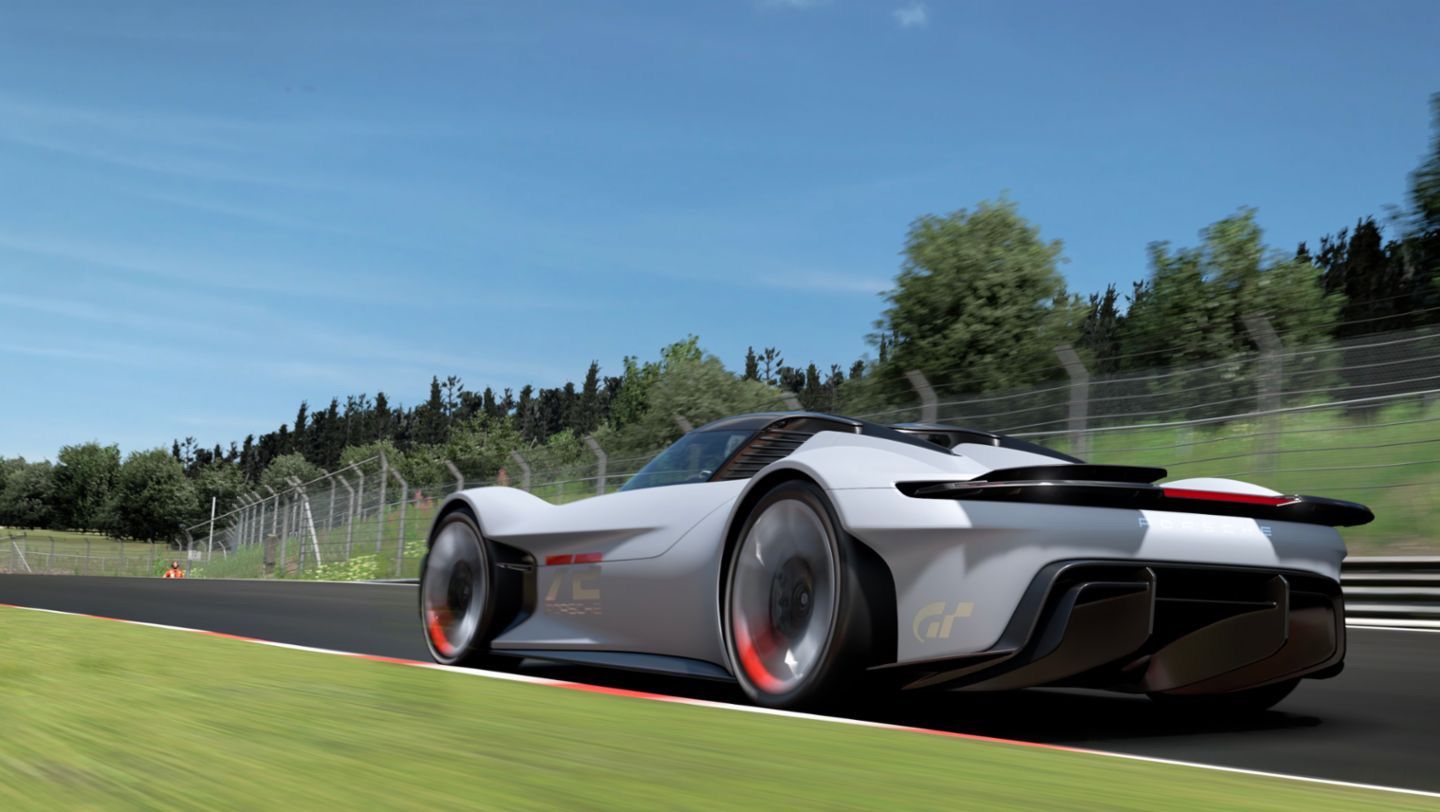
After Porsche withdrew from the FIA WEC due to rising costs and joined Formula E, it became very apparent to them that the future of racing is electric. In a stroke of pure timing, when Polyphony Digital came knocking, there were already two projects in the running inside the company to research and develop cars for potential future racing series. One of those teams became the Vision GT team, and the other became the Mission R Concept team.
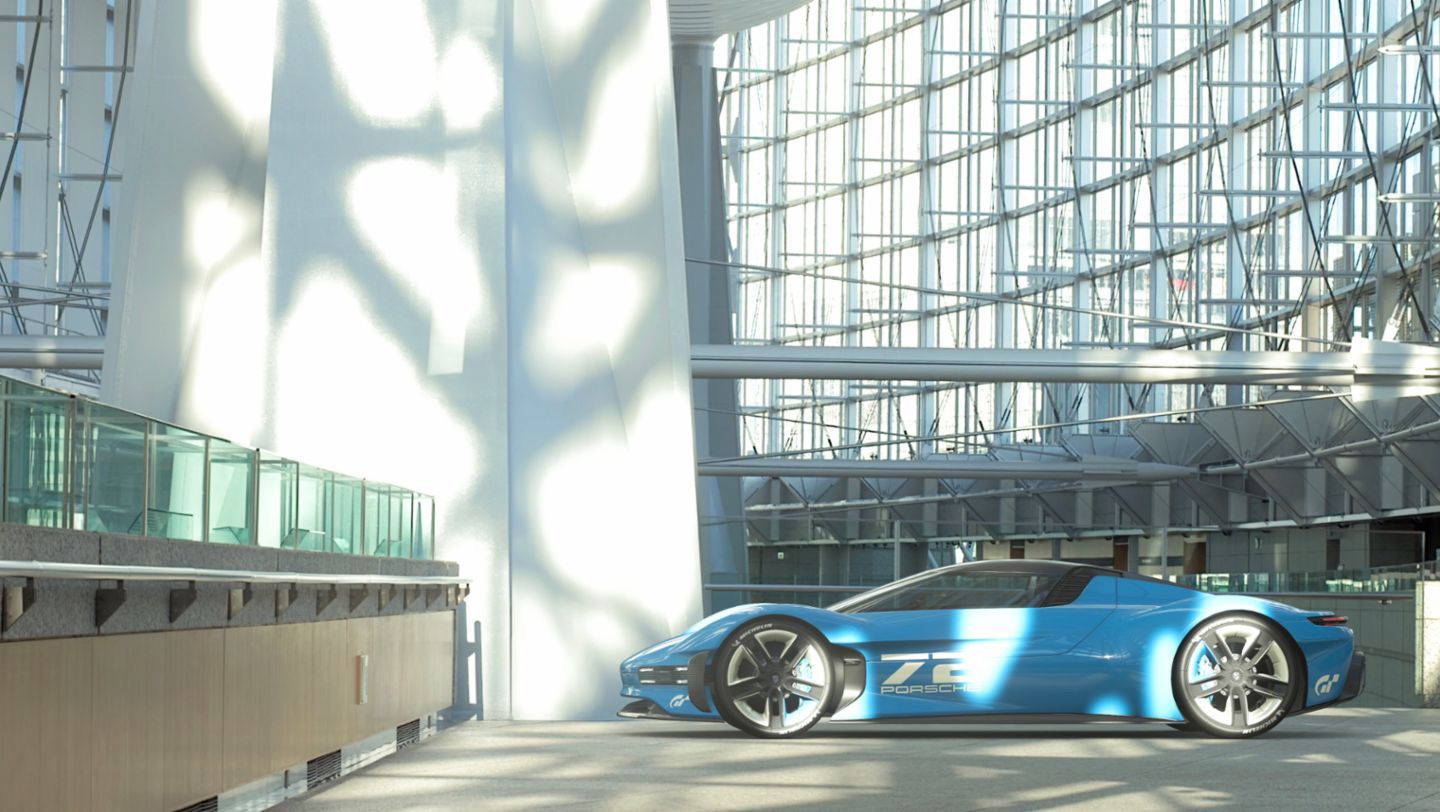
Of the two, we think the Vision GT team got the better end of the deal, as they were completely free from thinking about the rules and regulations of an actual racing series and were able to design the ultimate electric racing car using Porsche design language.
Pulling from such classic models as the Porsche 917K race car and the Porsche 918 Spyder hypercar, they fused together a long, low, fully-electric race car that even pays homage to the current Type 992 911 series with a long, thin strip for its tail lights.
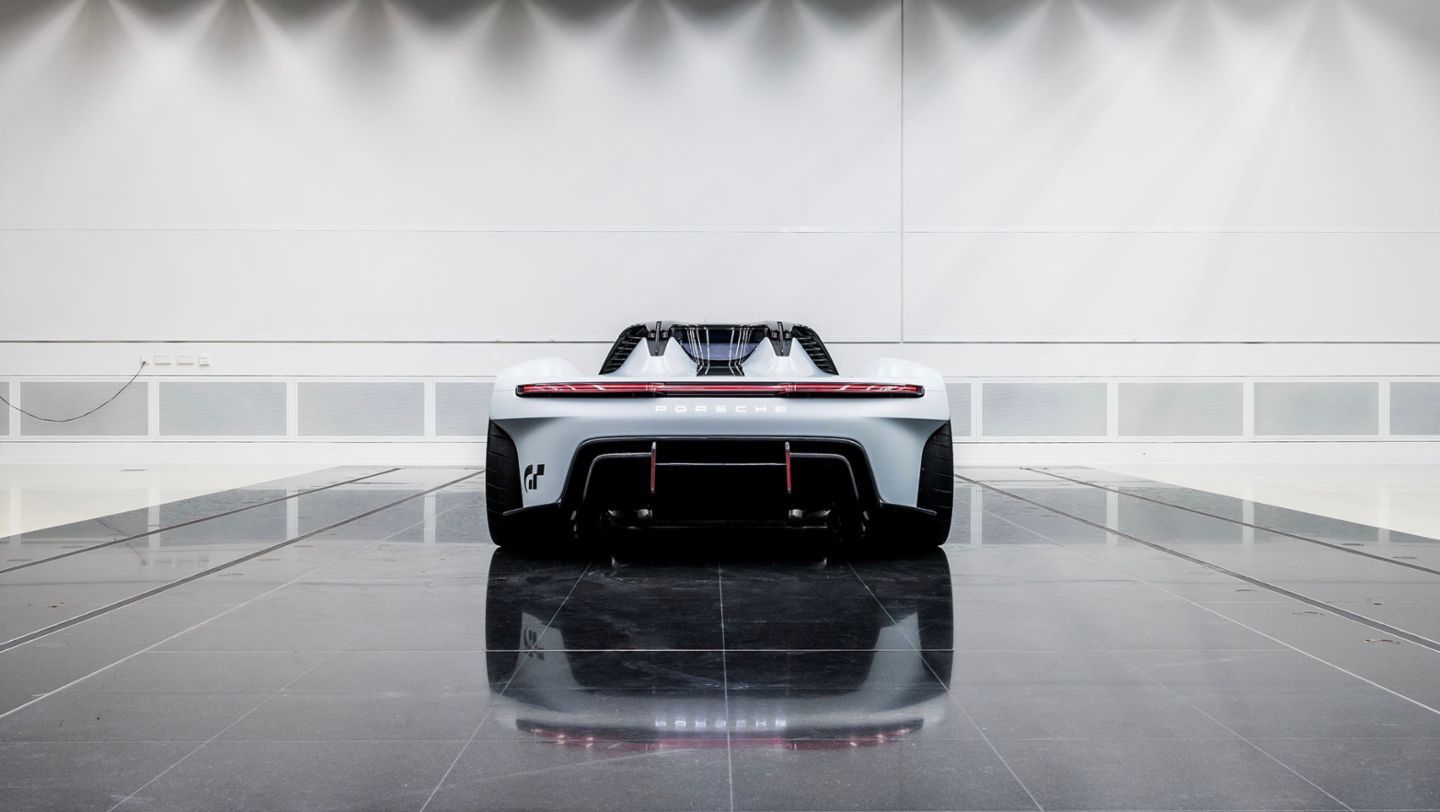
The result is the 2021 Porsche Vision Gran Turismo, an all-wheel-drive electric race car with (simulated) nominal power of 1,100 HP and an overboost function that jumps that (simulated) power to 1,250 for short periods. It has a (simulated) 87 kWh lithium-ion battery pack slung low and amidships for handling, and has a (simulated) 500 km (310 miles) effective range at 90% power delivery.
Computer fluid dynamics on the purely virtual model done at Porsche show that the car would reach 100 KPH (62 MPH) in 2.1 seconds, and breach 200 KPH (124 MPH) in 5.4 seconds, with a theoretical top speed of 350 KPH (217.5 MPH).
Will the Porsche Vision Gran Turismo Ever See the Real World?
In terms of a functional, drivable race car, the Vision GT will not be made. In terms of a show car, built using carbon fiber, space age materials, and that is a 1:1 ratio replica of the Vision GT car from the game, there are two that already exist at Porsche’s Stuttgart headquarters—one in pure white, the other in sky blue.
In fact, that white model was used in the Vision GT announcement on December 5, 2021, in a fully fledged press release on Porsche’s official YouTube channel, linked below:
In terms of real-world concepts, that was the ultimate goal of the other team that was formed, the Mission R Concept team. They were to start the process of designing and demonstrating an electric racing car that would conform to current, 2021-2022 International GT Championship GT3 regulations.
This meant that the car had to have an extremely strong—yet lightweight—safety cell for the driver, and fully functional electrical disconnects in the event of a crash to prevent any rescuers or the driver from being injured by electrification of the chassis. It also had to be able to last for a minimum of 80 minutes at racing speeds and their accompanying power demands.
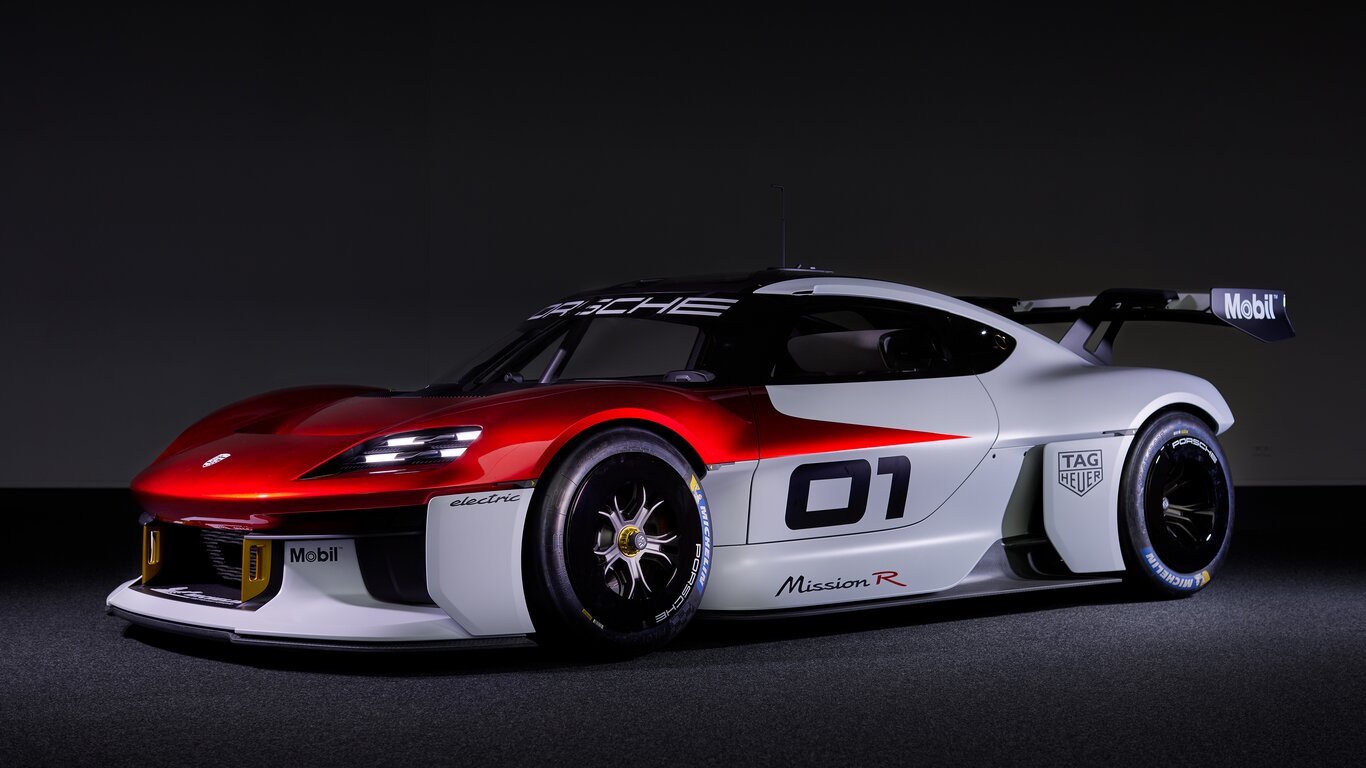
The result, which was revealed shortly after the Vision GT launch, is the Mission R Concept GT3 race car. Built for a category of GT3 racing that doesn’t even exist yet, the car produces the equivalent of 1,000 HP from two axle-drive motors. It has enough battery to last just about 80 minutes at race pace, through regenerative coasting and braking recharging the battery, and has a safety cell that is so strong its only current equivalent is the HALO from Formula 1—literally the strongest safety system in motorsports today.
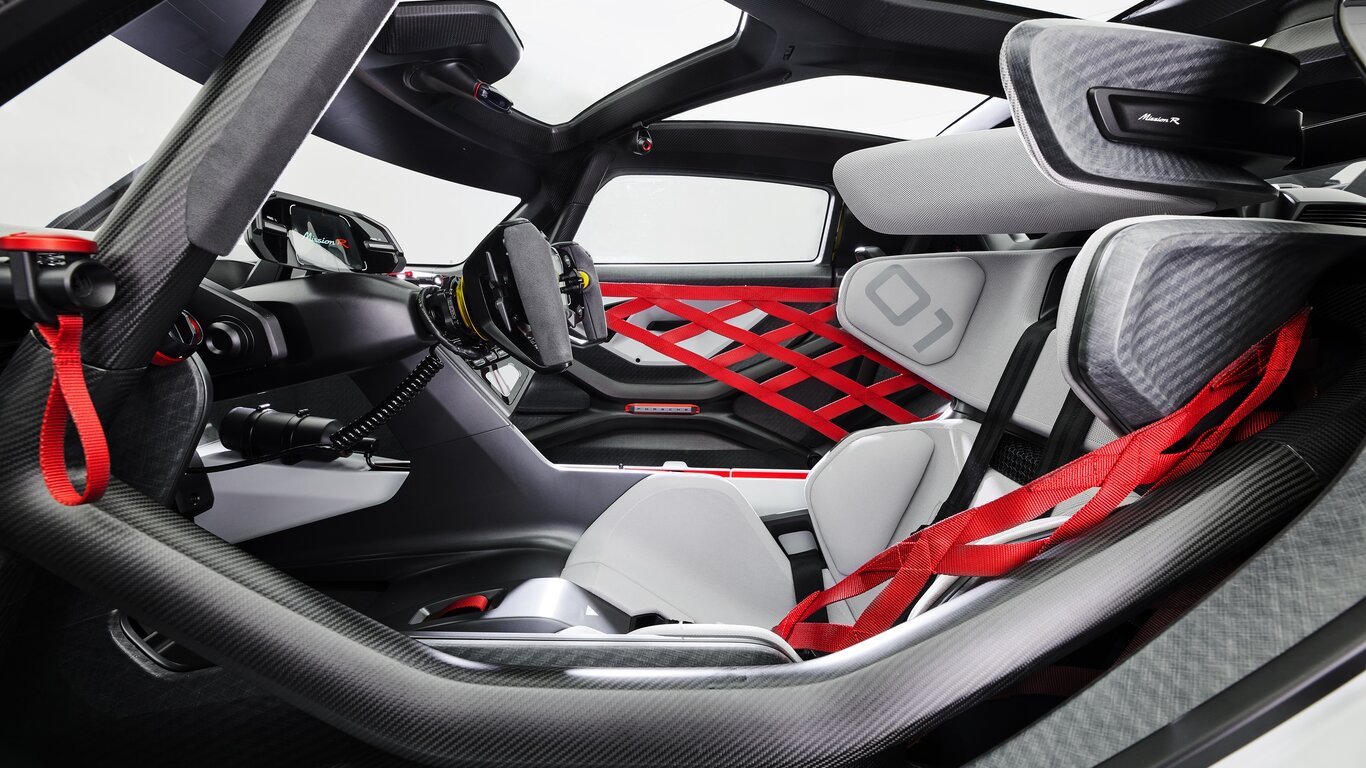
In a sense, the Vision GT can be seen as being in the real world, albeit in a very minor way, with the demonstrator model that is at Porsche HQ. However, in the sense of it being fully featured in the real world—unfortunately, that will never happen, as that is the playground where the Mission R roams.


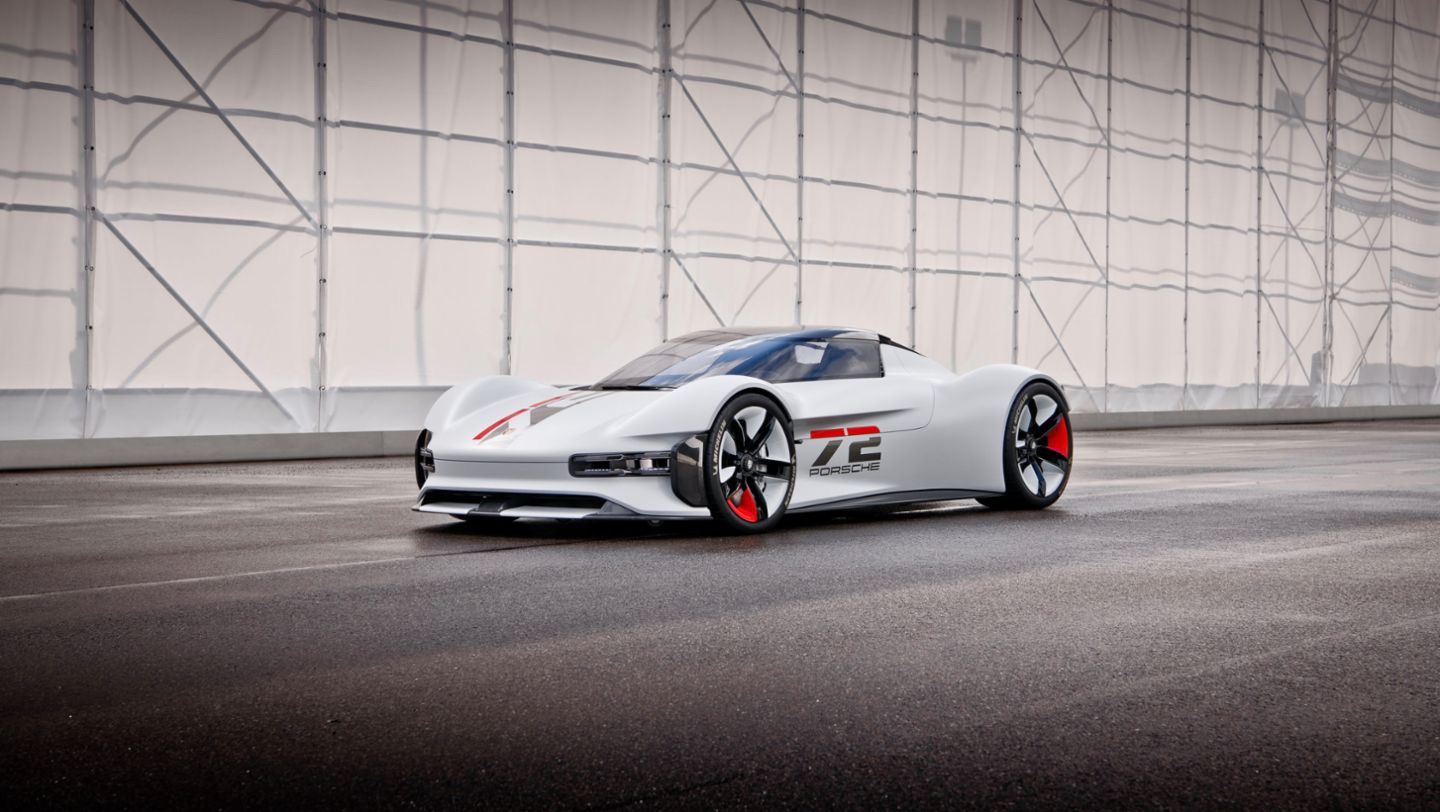


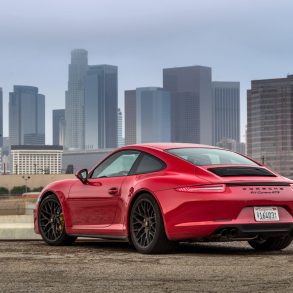
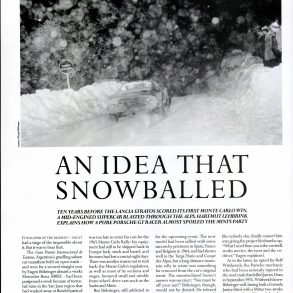

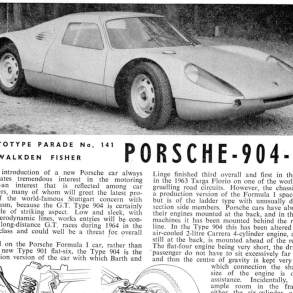
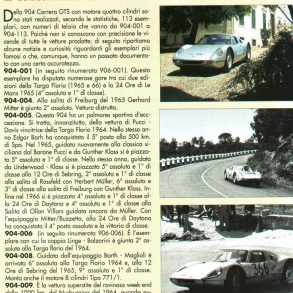
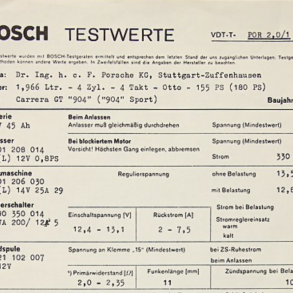

As usual Porsche ruining the original design language of Classic Porsches with these electric compromises. I really don’t see why anyone buying a ‘Sports Car’ would want to choose a fake electric car over the pure thrill and feel of the real combustion engine sports car. Although Porsche/VW left no stone unturned in putting tons of computer nannies to make the driving experience miserable in the regular new gen cars as well, but this electric compromise is even worse. What’s next? A flying car?. No, thanks!
0